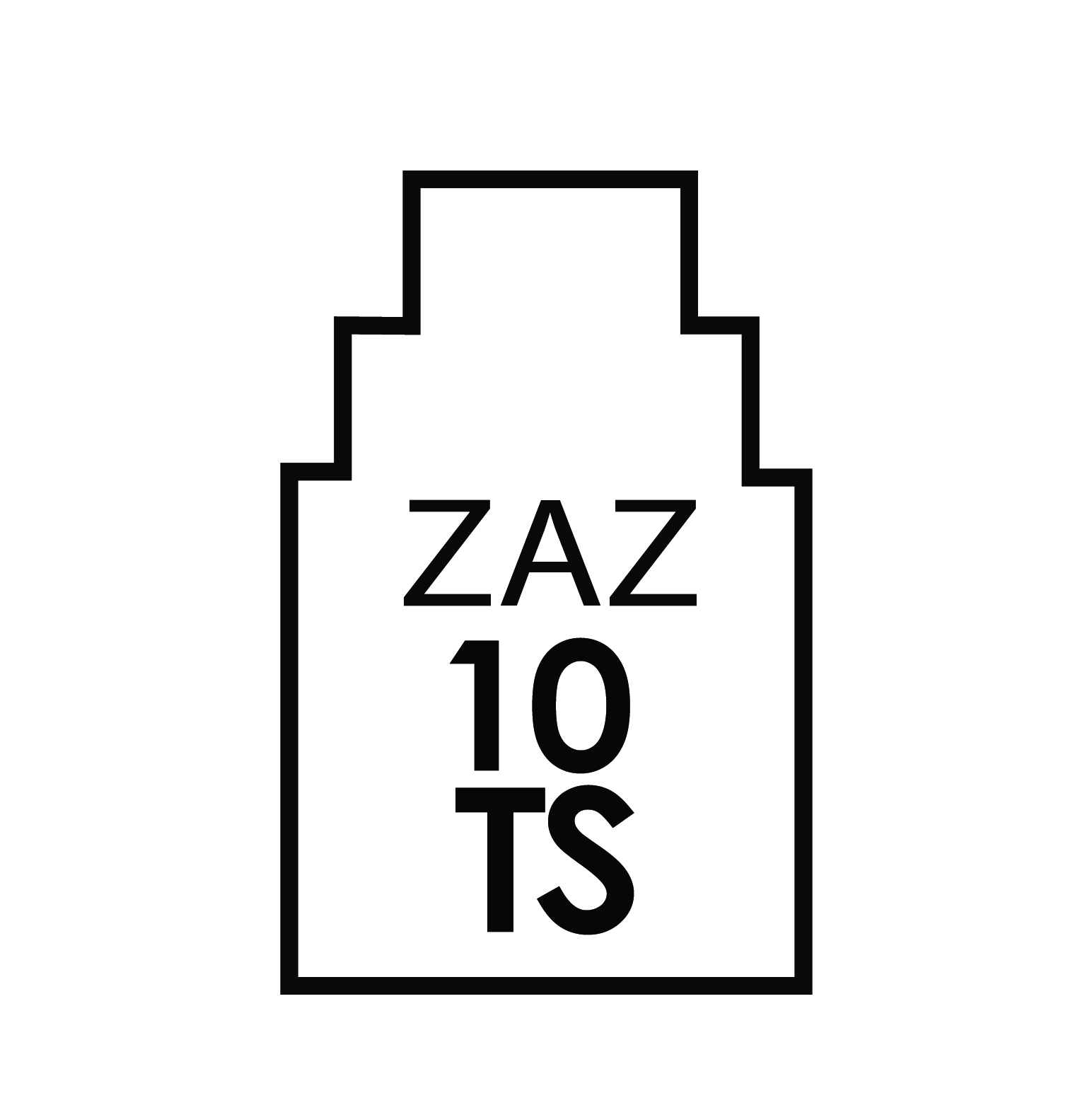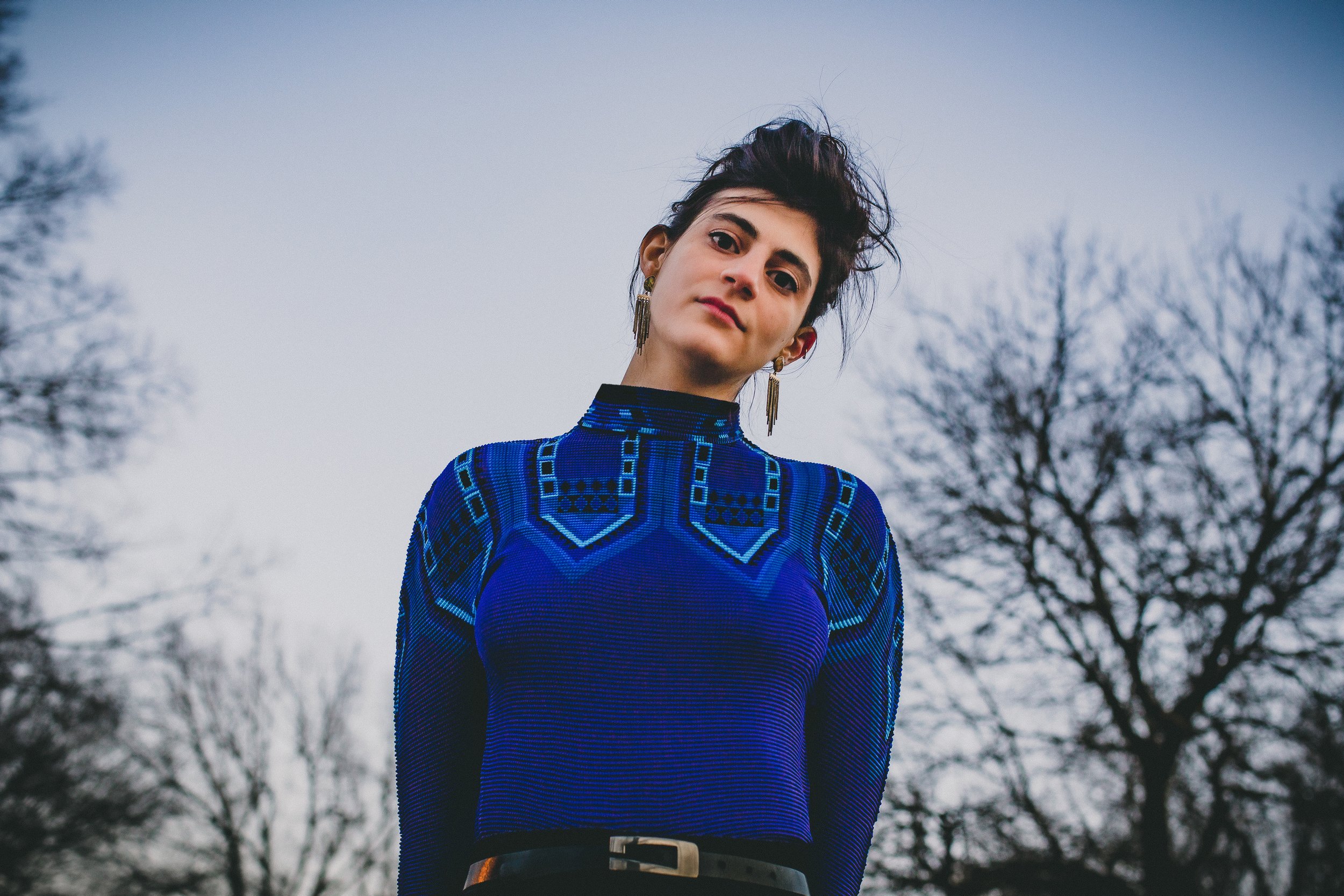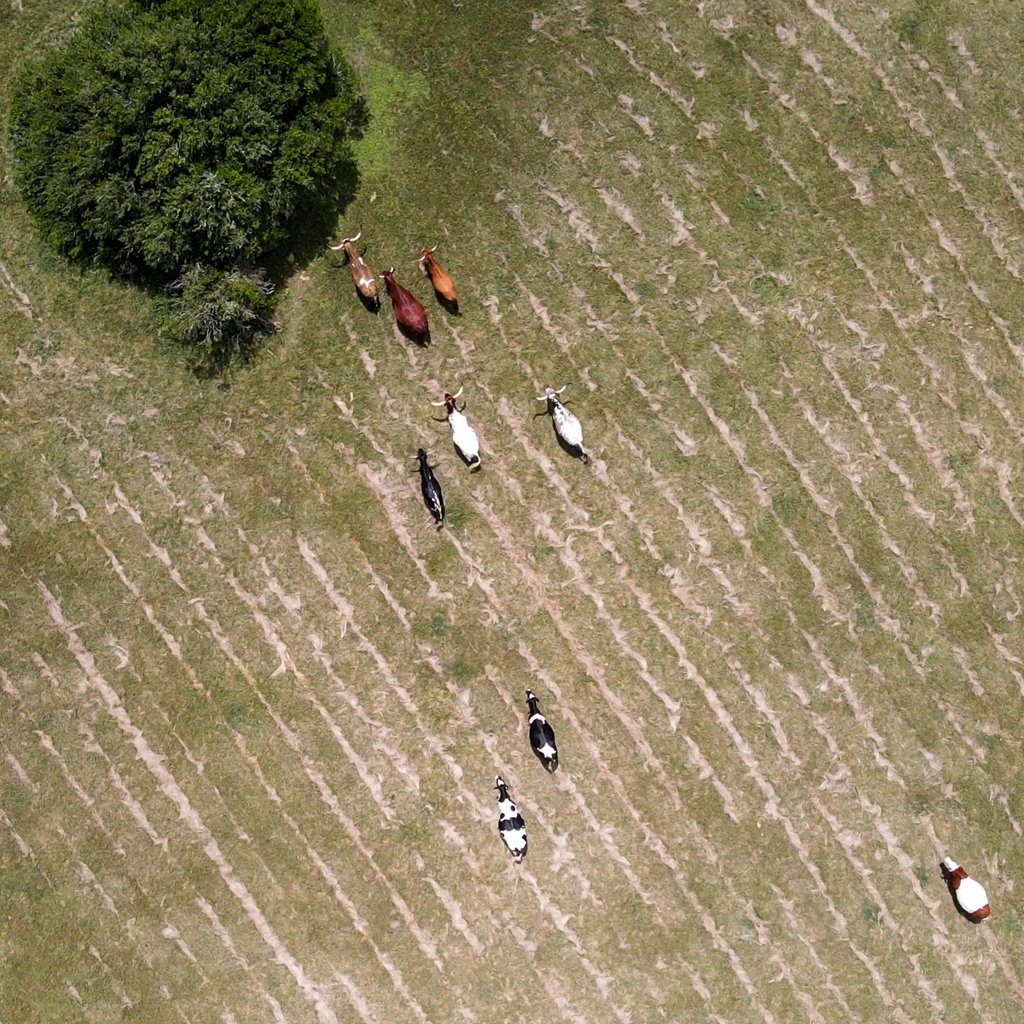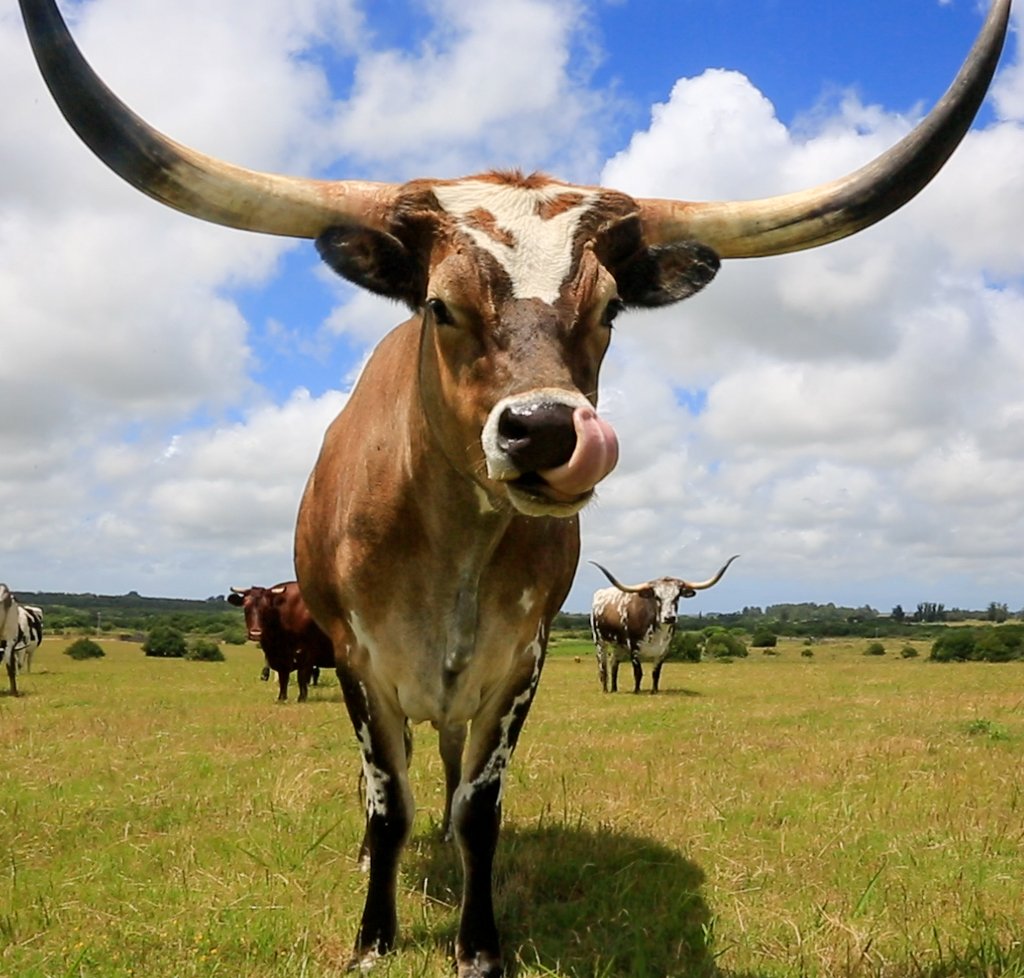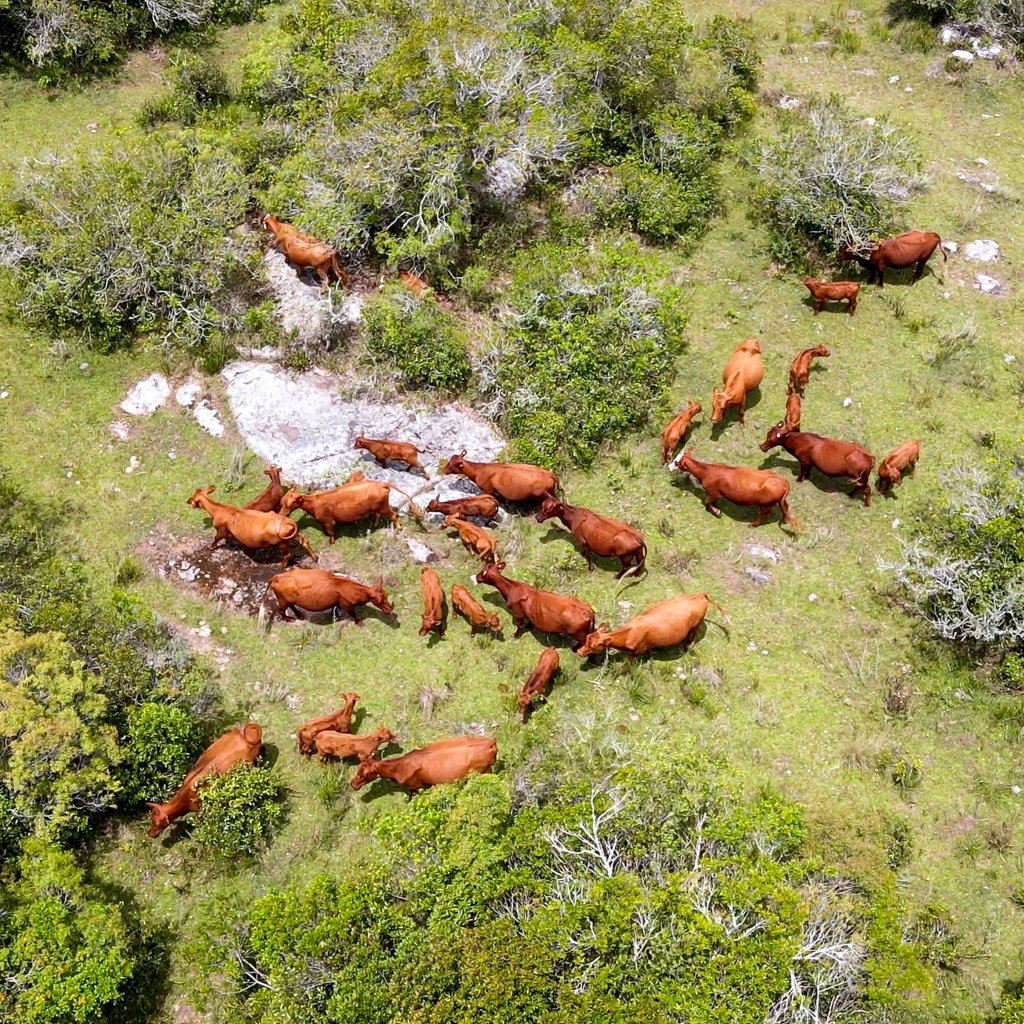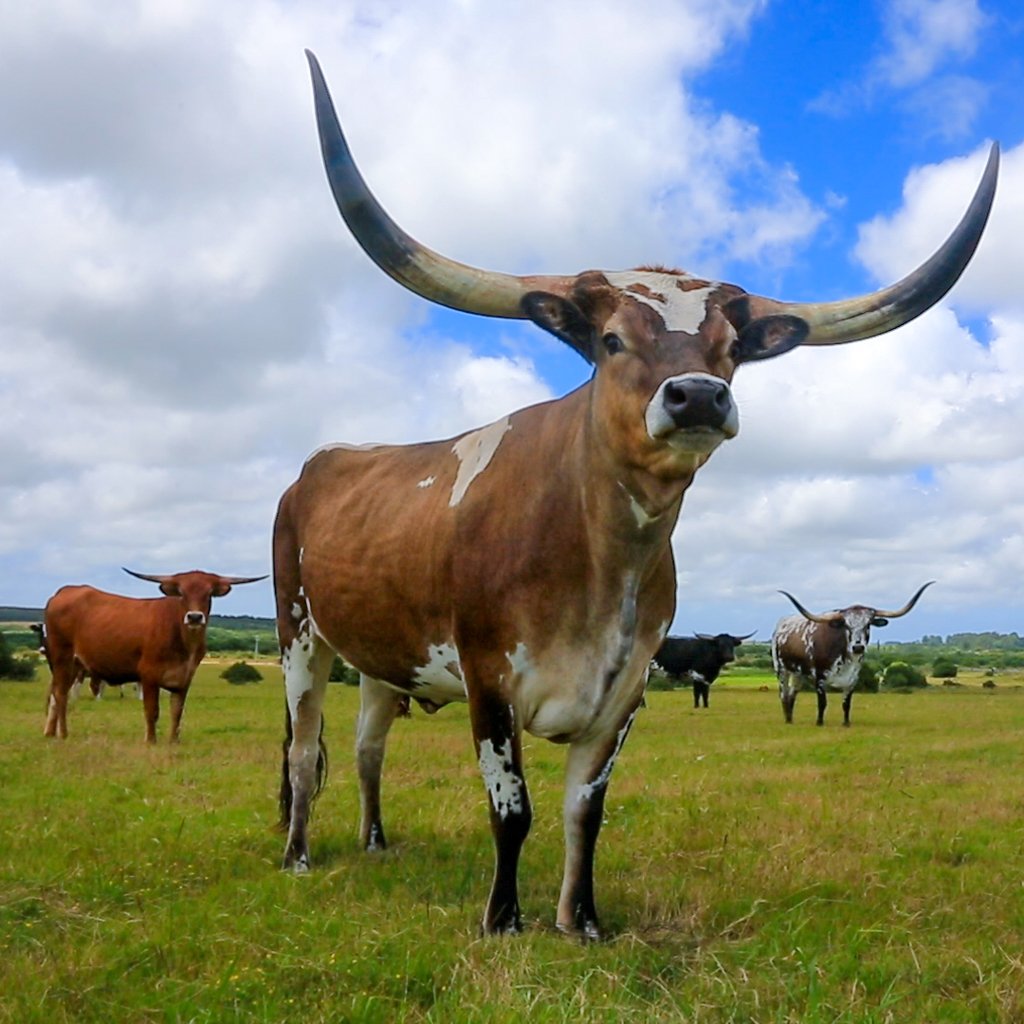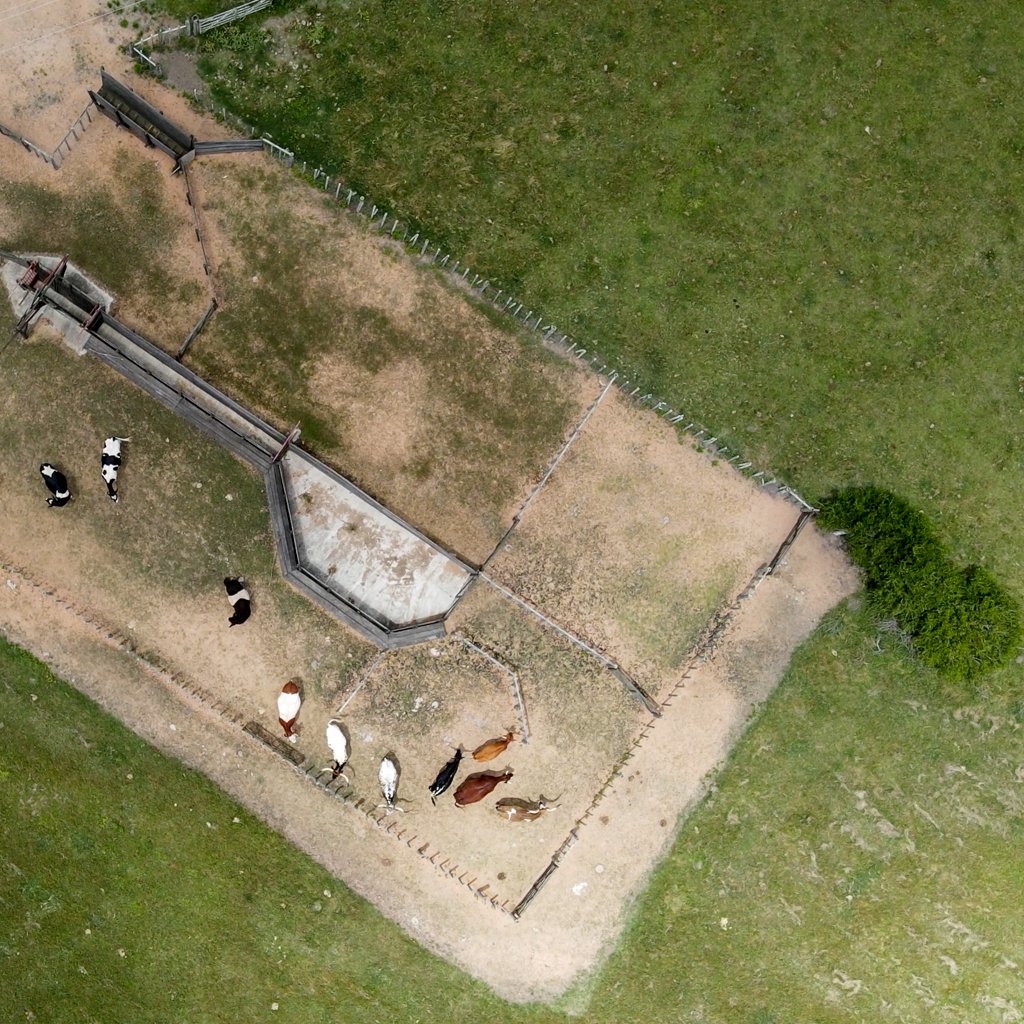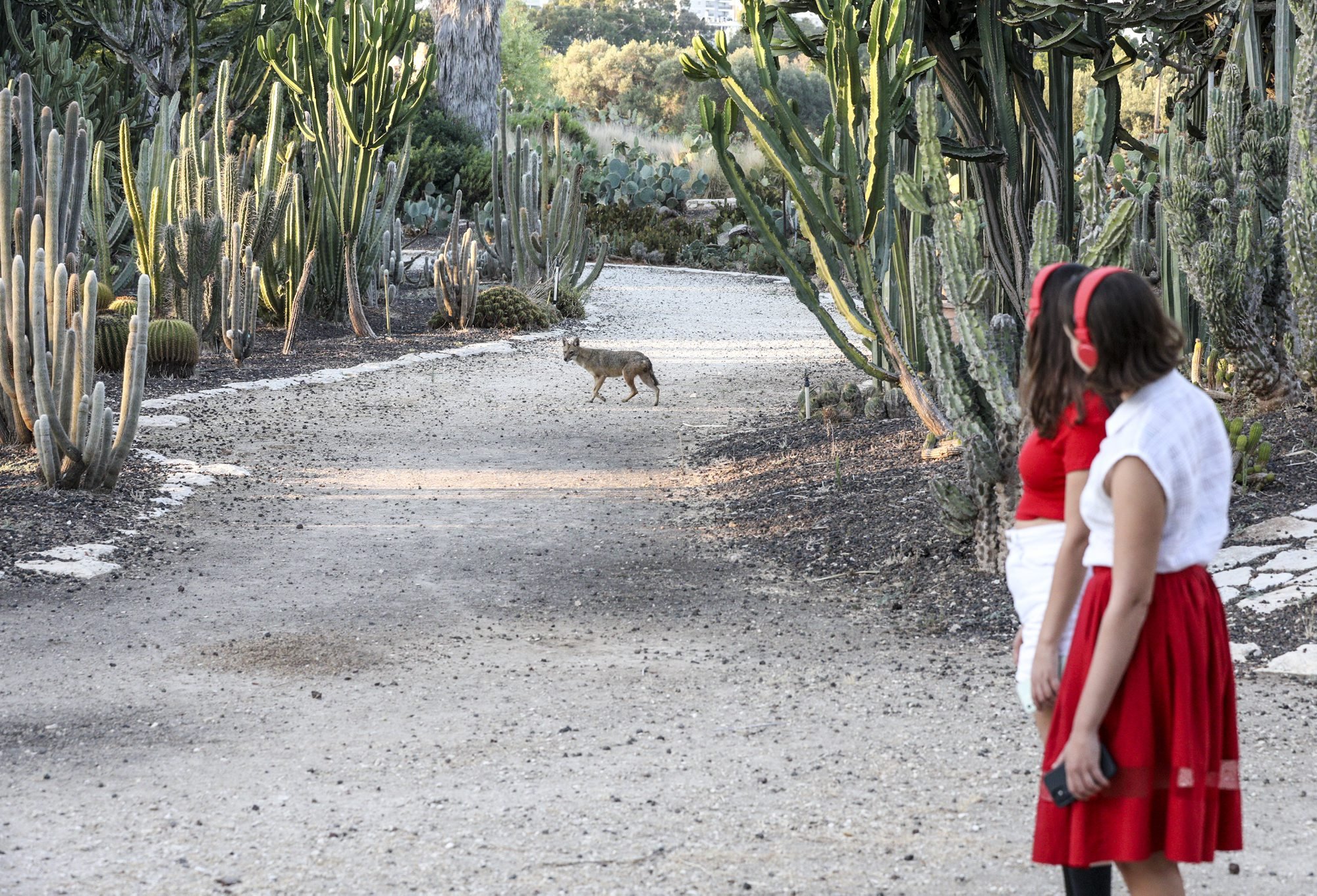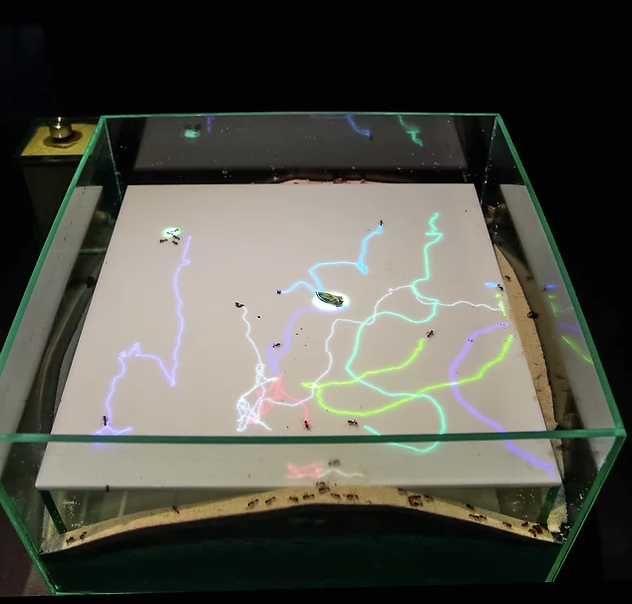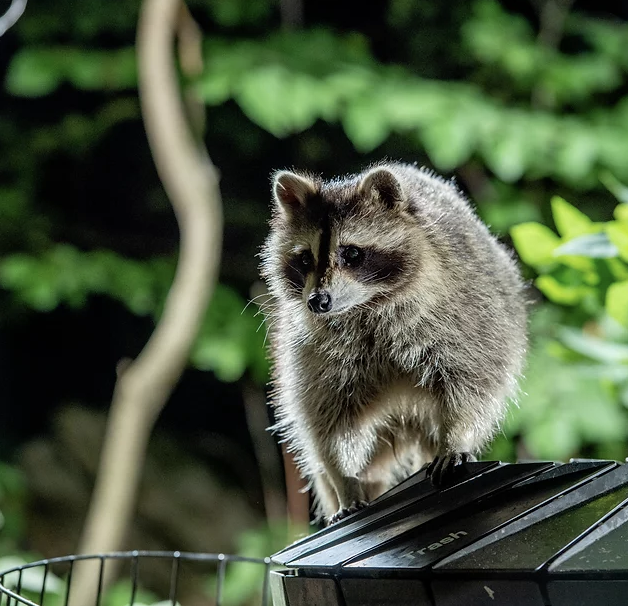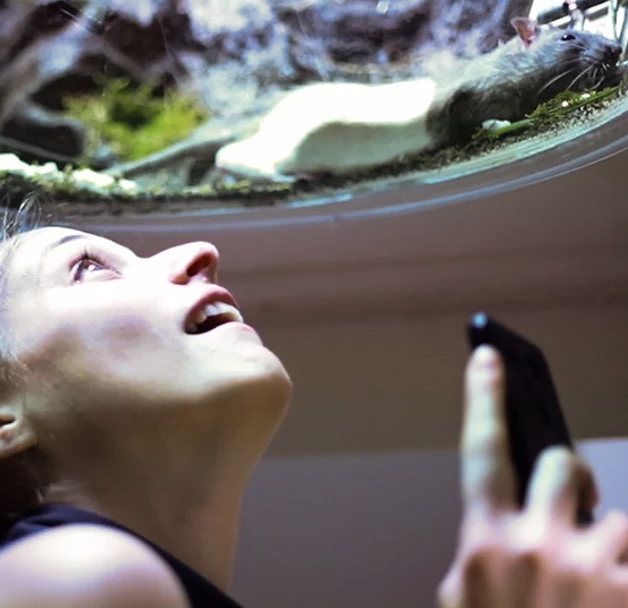GAL NISSIM
Gal Nissim is a New York-based, interdisciplinary artist and researcher who investigates human-animal interactions. She has had exhibitions and immersive walks at Central Park, Pioneer Works, New York Hall of Science, Science Gallery Detroit, and GStreamer Conference (Berlin), among others.
Gal has participated in residencies and fellowships with, ARTPORT, New Museum, LMCC Creative Engagement, Culture & Animals Foundation, NYFA, Google’s Experimental Storytelling, and the Weizmann Institute of Science for outstanding young researchers.
She received her Master’s from NYU’s ITP. Gal studied at Bezalel Academy of Art while earning her BSc, summa cum laude, in biology and cognitive science from the Hebrew University, Jerusalem. Nissim teaches at NYU’s Environmental Studies and Animal Studies, Columbia University, and is an Innovator in Residence at Rutgers.
Website: galnissim.com | Instagram @gulizula
Gal Nissim, image by Angel Boyd
PROJECT: DON’T CRY OVER SPLIT MILK
August 15 - September 12, 2022
10 Times Square Billboard, South East Corner of 41st Street and 7th Avenue
PRESENTED BY ZAZ CORNER “IN BETWEEN”
While technology is often used to shield us from nature, Nissim utilizes it to help people rebuild our relationship with the living world – to move from a place of disregard and disgust to one of wonder and attachment. Her creative process is grounded in research into the lives of non-human creatures, seeking out discoveries that illuminate aspects of human behavior.
The cattle that are featured in Don’t Cry Over Spilt Milk are all genetically modified and extensively bred. They are the outcome of what happens when our interaction with the natural world is motivated by capitalism. This project raises questions about ownership and autonomy of animals, by showing these cows from two different points of view. The cows are portrayed both as miniatures, when captured from a bird's eye view, and as larger-than-life curious and social beings. In this video, Nissim presents her recent observations in Uruguay and explores the long-time complex relationship between humans and livestock.
Special Thanks to Artis Contemporary and CAMPO AIR
